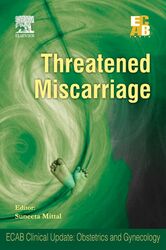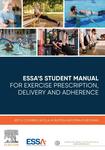「重要なお知らせ:日本語書籍をご購入いただき、eLibraryをご利用の皆さまへ」
エルゼビアは、より快適にサービスをご利用いただくため、システムの重要なアップデートを実施いたします。
現在、新サイト、eBooks+への移行が進められています。
新規ユーザー登録および書籍の登録はElsevier eLibraryでは停止しております。
12月15日以降に
こちらよりご利用・ご登録ください。
Book Description
Even though it seems simple the ability of the mother’s body to retain and nurture the fetus, which is of a non-identical genetic makeup, throughout the gestational period requires a delicate balance of hormonal orchestration to achieve the required immunological permissiveness. The obvious outcome of a failure to achieve this is rejection of the fetal "semi-allograft", which manifests as threatened miscarriage.
The occurrence of threatened miscarriage or symptoms suggestive of it is fraught with anxiety both for the patient and the obstetrician, especially if the baby is eagerly awaited. In such a situation, a correct diagnosis and prompt evaluation is imperative to start immediate interventions and prevent the expulsion of the fetus. However it is equally important to rule out the other conditions that may mimic threatened miscarriage and avoid unnecessary interventions.
This clinical update handbook attempts to address these and other issues associated with this potentially elusive condition. The first chapter serves to give a concise yet relevant overview about this topic. The various modes of presentation as well as the management protocol are elaborately covered in the second chapter. The chapter on Diagnostic Modalities explains how the risk factors and investigative findings can be used to predict and make an early diagnosis of the condition. It has also touched upon the other conditions that mimic threatened miscarriage and how those can be differentiated from it. The role of stress and how it affects the immunomodulation which is the basis of maternal tolerance of the fetus, is explored in detail in the fourth chapter. The last chapter highlights the complications associated with inappropriate treatment of the condition and explores the adverse effects and relative safety of the recommended treatment protocol. Most of the chapters also include several case reviews that illustrate the aspects covered and are enriched with the vast repertoire of personal experience of the eminent authors.


 (0 rating)
(0 rating) 






